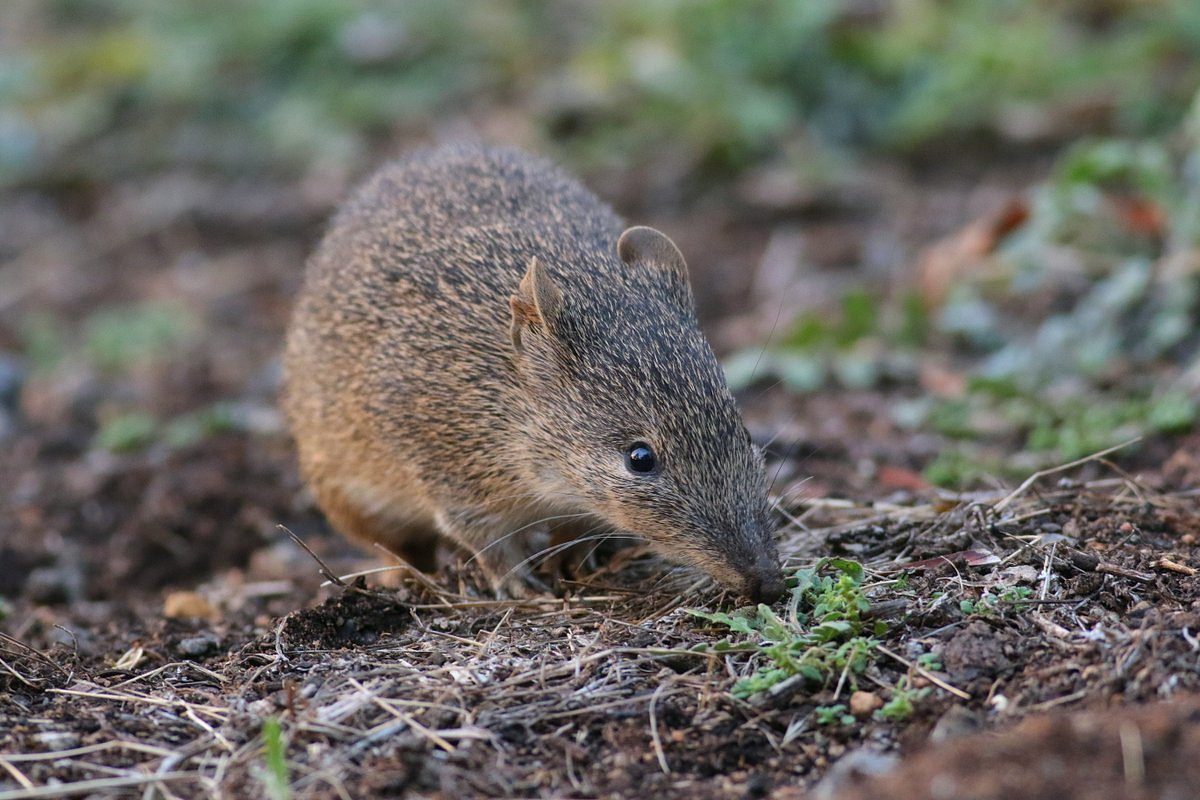Regional biodiversity
This region is the most biologically diverse in the state, home to half of South Australia’s species of native plants and three-quarters of its native bird species.
The Hills and Fleurieu contain a diversity of native plants and animals. This diversity forms part of the region’s biological diversity (also known as ‘biodiversity’). Find out more about the native plants and animals in the region.
What is biodiversity?
Biodiversity means the variety of life, including how that life is organised and associated ecological processes. The variety of life includes plants, animals, fungi, bacteria and micro-organisms. Life is organised at a number of different levels:
- genes that shape the form and function of each individual organism
- species which are groups of interbreeding populations
- ecosystems which are a dynamic complex of species and their environment
- landscapes that are a mosaic of connected ecosystems.
Fundamental to the adaptation and maintenance of biodiversity are ecological processes. These include interactions between organisms (such as competition, predation, parasitism and mutualism) and between organisms and their environment (such as photosynthesis, respiration and biogeochemical cycling). Through time, these ecological processes contribute to natural selection, which shapes each species’ genetic diversity and drives evolution.
Why is biodiversity important?
Biodiversity and the associated ecological processes underpin the health of our environment and its ability to support human needs. This includes basic requirements such as the production of oxygen, creation of soil, cycling and purification of water, and breakdown of wastes. It regulates our climate, underpins the production of our food and provides the basis for many popular recreational pursuits.
Biodiversity in the region
The Hills and Fleurieu is a hilly temperate region, isolated from similar environments by flatter, more arid landscapes. It is dominated by the southern Mt Lofty Ranges and features significant water resources. Other natural assets include grassy woodland habitats and rare vegetation.
The landscapes in the region have been dramatically altered since European colonisation. The majority of the area's native ecosystems have been developed, with less than 14 per cent remaining. Many of these are already degraded and remain at risk from a wide range of threats. Only 4 per cent of the remaining ecosystems are formally protected for conservation, so the decisions individual landholders make are critical to the maintenance of biodiversity.
The impact on native ecosystems has not been random, with some being preferentially targeted because of their potential for agricultural use. For example, the open woodlands that once covered much of the region have been more extensively cleared than the denser, shrub-dominated systems. The modification of the region’s landscape has resulted in significant changes to biodiversity. A few native species have benefited from these changes, increasing their abundance (such as the Western Grey Kangaroo and Little Corella). Some appear not to have been significantly affected by the changes. However, for the majority of native species, the clearance, isolation and ongoing degradation of the landscapes and ecosystems of the region has resulted in their ongoing decline or extinction. These impacts have been exacerbated by additional threats, such as over-harvesting, the introduction of pests and diseases, and pollution (including human-induced climate change).
What is being done to conserve biodiversity?
There are four main strategies required to conserve biodiversity:
- maintain intact (viable) landscapes
- reverse existing declines
- recover threatened species and ecological communities
- control emerging threats (such as climate change or new pest incursions).
The region is supporting programs to implement these strategies.
How can you help?
The majority of the biodiversity of the region exists outside of formal parks and reserves, so management decisions and actions of individuals are critical to its conservation. If you own land, the most important things you can do are to retain any areas of native habitat, remove threats and reverse past impacts. Support is available for these activities. If you do not own land, there are many opportunities to participate in volunteer activities to protect and manage biodiversity.

Terrestrial plants and animals

Coast and marine

Aquatic and freshwater

